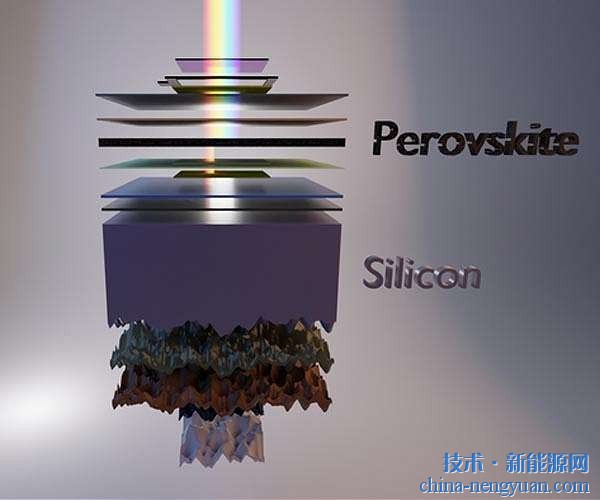Because of its excellent electrical and catalytic properties, two-dimensional black phosphene attracted the attention of researchers, and thus the various structures of phosphorus have once again become a research hotspot. Phosphorus allotropes form complexes with nano-carbon materials because of their unique structure, showing excellent performance, attracting the attention of a large number of scientific workers. Institute of Electrical Engineering, Xi'an Jiaotong University, New Energy Storage and Energy Conversion Nanomaterials Research Center, State Key Laboratory of Electrical Insulation of Electrical Equipment, for the first time in situ generation of graphene-coated SiC nanowires with high specific surface area, in situ between graphite sheets A new type of hybrid structure containing crystalline red phosphorus and amorphous phosphorus. The hybrid structure overcomes the problem of agglomeration and inhomogeneity of early simple phosphorus/carbon composites, making the phosphorus/carbon composite more uniform and compact. Therefore, when it is used as a negative electrode active material of a lithium ion battery, the phosphorus material is not easily peeled off from the electrode during multiple charge and discharge cycles, and the stability of the battery is significantly improved. In addition, in addition to the above-mentioned excellent electrochemical properties, the material also has a certain application prospect in photocatalysis. Relevant results were published in the journal Nano Lett. (influence factor 13.779) titled "A Hierarchical Phosphorus Nanobarbed Nanowire Hybrid: Its Structure and Electrochemical Properties". The link to the article is http://pubs.acs.org/doi. /abs/10.1021/acs.nanolett.6b05301. The first author of this paper is Zhao Dan and Li Beibei, doctoral students of the School of Electrical Engineering. The instructors and correspondents are associate professor Zhang Jinying and Professor Niu Chunming. The New Energy Storage and Conversion Nanomaterials Research Center (http://cne.xjtu.edu.cn) aims at the development of new energy technologies and focuses on the research direction of new types of energy storage and energy conversion nanomaterials to develop a micro/mesostructure of materials. The chemical characteristics-nano-preparation technology is the core research work, and the research and implementation of the new energy conversion and energy storage system demonstration project lead the development and construction of electrical engineering disciplines, and realize theoretical innovation and research method innovation in this field. Zirconia ceramic positioning pin ceramic positioning needle performance characteristics: good wear resistance, long service life. High precision, R angle can be processed as required, corrosion resistance is good, can be directly operated by hand, no special preservation is required. The coefficient of thermal expansion is smaller than that of steel. Quality characteristics: roughness ≤ Ra0.20mm Product accuracy: ± 0.001 mm, ± 0.002 mm, ± 0.005 mm. The diameter is from 0.8mm to 30mm, the minimum interval is 0.01mm, the length is generally 3mm-----50mm or other special requirements according to customer requirements. Uses: on precision equipment such as electroplating equipment Zirconia Ceramic Pin,Ceramic Welding Location Pins,Alumina Zirconia,Zirconia Medical Ceramic Pin Dongguan Haikun New Material Co., Ltd. , https://www.nitrideceramic.com
Xi'an Jiaotong University has made important progress in the study of hybrid structure of phosphorus/carbon composites